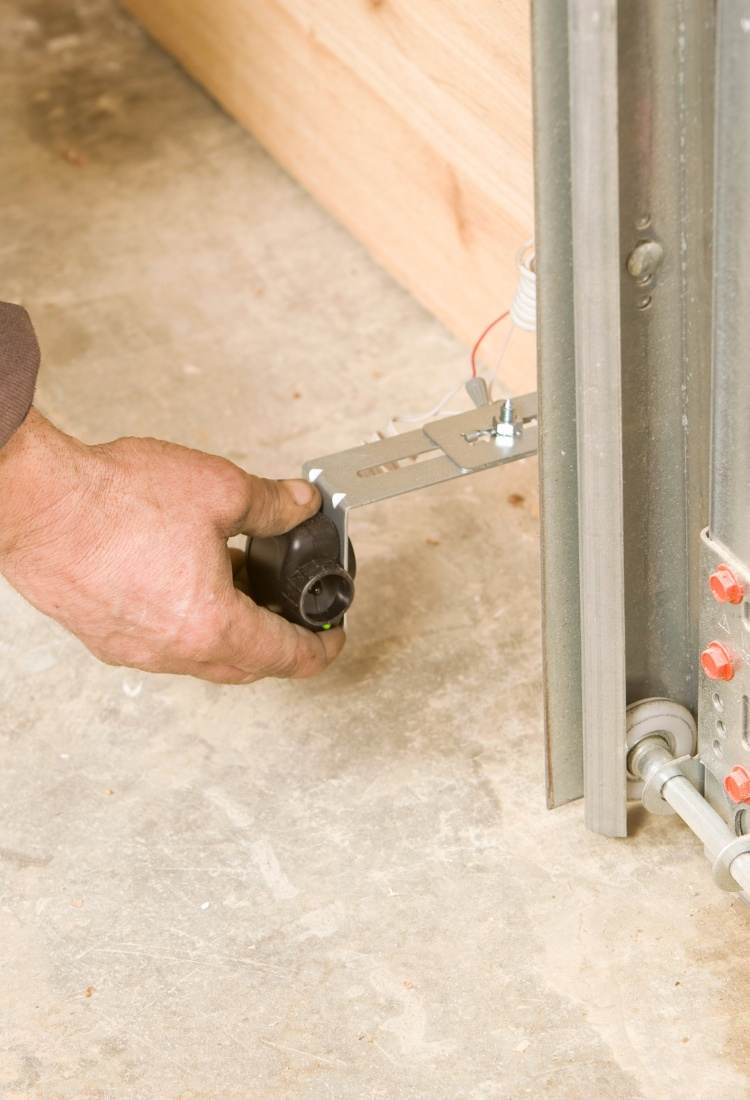Understanding the Difference Between Torsion and Extension Springs in 2024
The mechanics of springs play a vital function in varied functions, from on a daily basis home goods to complicated equipment. Understanding the differences between torsion and extension springs can help you select the right type on your specific wants.
Affordable Garage Door Sensor Adjustments Morinville
What Are Torsion Springs?
Torsion springs are designed to exert a torque or rotational force. They work by twisting, storing energy within the coil as it turns round its axis. These springs are generally used in purposes requiring controlled rotational actions. For instance, you can find torsion springs in objects like clothespins and garage doorways, where resistance to wind or gravity is required.
- Mechanism: Torsion springs retailer vitality when they're twisted. The force exerted will increase because the spring is twisted further from its impartial place. Common Uses: Found in purposes starting from St. Albert's garage mechanisms to Spruce Grove’s industrial machines. Design Features: Typically, they consist of tightly wound coils around a solid middle. This development allows them to withstand consistent twisting forces.
What Are Extension Springs?
Beaumont Garage Door Repair Done Right
Extension springs, distinct from torsion springs, are designed to absorb and retailer power when they're stretched. These springs supply resistance to pulling forces and return to their original form when the force is removed. They are sometimes found in purposes requiring pulling or tension, such as within the doors of sure home equipment and other equipment.
- Mechanism: Extension springs operate by elongating. The more they're stretched, the more force is exerted to return to their unique form. Common Uses: Often utilized in Beaumont's automotive industry or in equipment found in Fort Saskatchewan developments. Design Features: Typically have coils with hooks or loops at each finish for safe attachment points.
Key Differences Between Torsion and Extension Springs
St. Albert’s Garage Door Repair Professionals
Understanding the distinct characteristics of those two types of springs can help you discern which one suits your application. Here are the first differences:
- Type of Force: Torsion springs generate a torque from rotational movement, while extension springs generate force when pulled apart. Shape and Design: Torsion springs are wound around a center axis, whereas extension springs are cylindrical and have hooks or loops at each ends. Applications: Torsion springs are excellent for functions needing to resist rotational forces, such as in Leduc’s household items, whereas extension springs excel in eventualities requiring tension, like in Spruce Grove's automotive elements.
Morinville Garage Door System Maintenance
Applications and Uses in Local Industries
Both torsion and extension springs find in depth use across completely different industries, together with manufacturing, automotive, and home applications - Trusted Garage Door Maintenance Devon Services. Here’s how these springs are utilized in some localities:
Torsion Springs
- **Sherwood Park**: Often utilized in door hinge assemblies, permitting for smooth operations. - **Devon**: Integral in sports gear, such as resistance bands and weights.Extension Springs
- **Morinville**: Common in storage doors, offering the required tension for lifting doors efficiently. - **Ardrossan**: Frequently present in furnishings mechanisms, making certain easy functioning of recliners and sofas.Quick and Reliable Garage Door Repair Devon
Each of those springs serves a specific function to reinforce product functionality and efficiency - Reliable Garage Door Repair Services in Beaumont. Understanding their roles helps producers design higher products tailored to meet shopper needs
Choosing the Right Spring for Your Application
When deciding between torsion and extension springs, consider the specific mechanical requirements of your application. Here are some tips to guide your choice process:
Reliable Garage Door Hardware Repairs Spruce Grove
- Identify the Forces Involved: Determine whether you want resistance to twisting (torsion) or pulling (extension). Evaluate Space Constraints: Analyze the working surroundings, as space might determine the shape and size of the spring you need. Material Considerations: Choose the best material based mostly on corrosion resistance and power, which may be vital in areas like Fort Saskatchewan's industrial sectors.

Conclusion
https://gullivergaragedoorsedmonton.com/Garage Door Remote Control Repairs Sherwood Park
In summary, the difference between torsion and extension springs lies in their fundamental operations and applications. Torsion springs excel in providing rotational resistance, making them perfect for functions that require torque, while extension springs are perfect for functions that necessitate tension and pulling. Whether you are in Stony Plain, Leduc, or some other locale, understanding these differences will empower you to make informed choices on your spring requirements. Don’t hesitate to consult with business professionals to ensure one of the best fit for your specific needs!